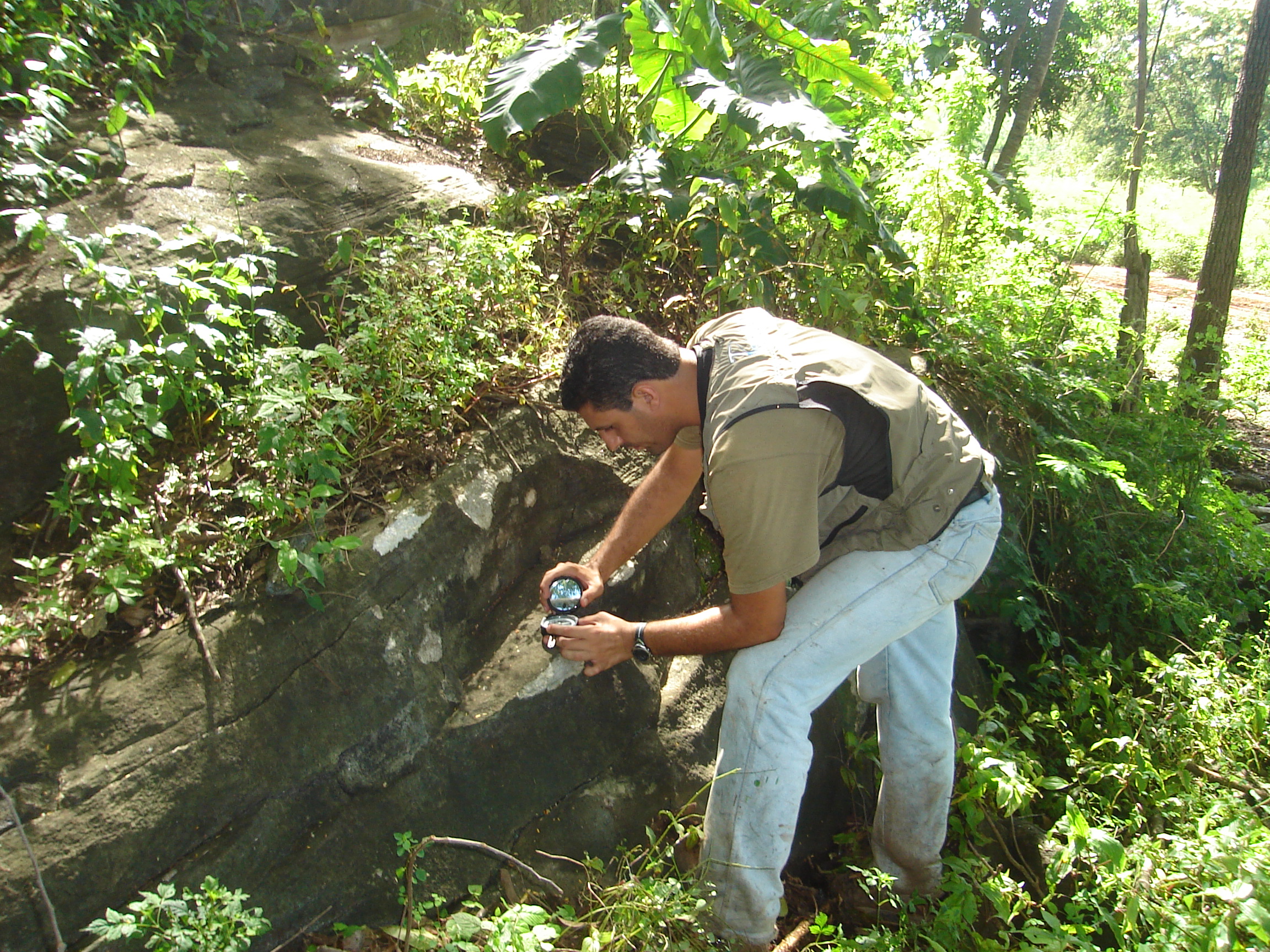Environmental Monitoring is a technique used to control the effects of the environment. It includes a set of processes and parameters that collect data that track and help control the changes (be they positive or negative, natural or man-made) that occur in a specific location.
The Importance of Environmental Monitoring
Environmental Monitoring aims to assess and control the conditions of a given area, providing information that helps create recovery measures according to local needs. He is responsible for giving a diagnosis, through qualitative and quantitative methods, of the state of the area and what can be improved.
Based on the data collection, the changes that occurred in the place are observed and the impacts caused in the area are analyzed. With the information obtained, it is possible to identify the factors necessary to maintain the environmental quality of the area or, if necessary, to take the necessary actions to recover it.
This information is used to define environmental policies and control, planning, recovery, preservation and conservation measures. Thus, we can say that environmental monitoring is important for:
- Develop measures to mitigate environmental impacts;
- Reduce and minimize the impact generated by human activity;
- Recover and manage degraded and contaminated areas;
- Conserve forest cover;
- Maintain air, soil and water quality;
- Correct possible imbalances in the region's ecosystems;
- Control and protect the local fauna;
- Help define environmental policies.
How is Environmental Monitoring Performed?
How environmental monitoring is carried out depends on the area and the desired objective. In general, monitoring can be carried out in two ways:
Microscale: micro-scale monitoring occurs when you want to focus on a specific area or situation, monitoring a small and limited geographic context. For example, the study of the impacts caused by the construction of a highway in a certain region.
Macro scale: macro-scale monitoring occurs when you want to monitor a larger and wider area. For example, the study of impacts caused by human activity in an entire region.
Regardless of the size of the area, environmental monitoring is carried out through data collection, either through measuring equipment or human observation. This data is then analyzed and used to identify potential issues and take steps to correct them.
Environmental monitoring is a crucial tool for conserving and preserving the environment, and it is important that it be carried out on a regular and consistent basis to ensure that areas are being adequately protected.








